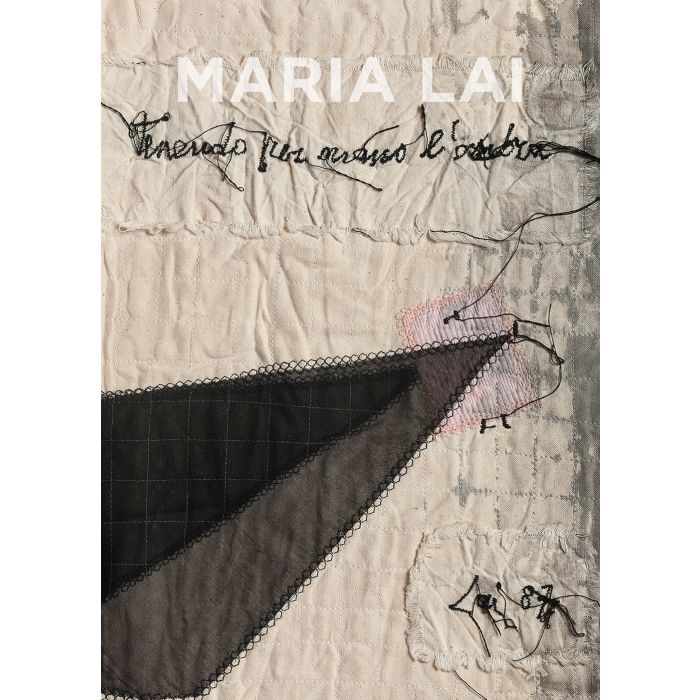My Cart
Your cart is empty
Looks like you haven't made your choice yet.
- Subtotal
Maria Lai

Holding the Shadow by the Hand
- 5 Continents Editions (ACC)
- by Elena Pontiggia
More Information
| Publisher | 5 Continents Editions (ACC) |
|---|---|
| ISBN | 9791254600849 |
| Author(s) | by Elena Pontiggia |
| Publication date | December 2024 |
| Edition | Hardback |
| Dimensions | 325 x 230 mm |
| Illustrations | 20 col.ill. |
| Pages | 60 |
| Language(s) | Eng./ It. ed. |
Description
Maria Lai always had a special relationship with fairy tales. She considered them a metaphor for art and a way of communicating with the public in a simple, straightforward way. Starting in the 1980s, fairy tales became central to her art. Tenendo per mano il sole, Tenendo per mano l'ombra, Curiosape and Maria Pietra, are her most famous "sewn fairy tales" - books created by the artist using castoff textiles.
Maria Lai's fairy tales are not merely children's stories, but profound reflections on life and what it means to be a human being. They are often inspired by Sardinian myths and legends, to which the artist gives a personal twist, adding autobiographical details and philosophical reflections.
This edition of Tenendo per mano l'ombra is a printed version of Maria Lai's 1987 tale. The original consists of fabric pages sewn together and collages of dyed textiles, on which the artist has embroidered geometric figures, yarn and other materials. The fairy tale tells the story of a human being (and his double) who must learn to accept shadows, the dark part of the world and of himself. The figure's shadow, in Maria Lai's fairy tale, is not a negative element to be rejected, but an integral part of his personality. To live an untroubled and complete life, one must learn to accept and live with it.
Elena Pontiggia's concluding essay accompanies the reader in a fascinating page by page interpretation of the fable, and discusses Lai's artistic and stylistic approach in the context of an extensive network of philosophical, literary and artistic references: from Kant and Manzoni to Klee and Malevic.

Maria Lai
